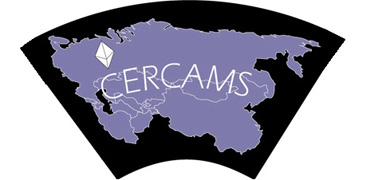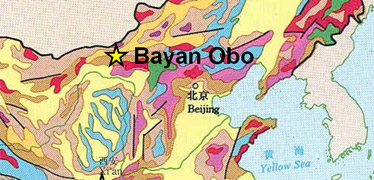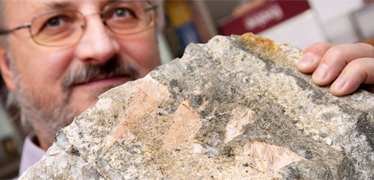
Cobalt-nickel-scandium laterite profile at Karaçam, Turkey. aprolite and oxide zones (Lim = goethite; Hem = hematite) overlain by a friable silica ‘cap'. Scandium is concentrated in discrete green clay layers in the oxide zone.
Principal Investigator
Project summary
- Focus: Studying the residence and behaviour of scandium (Sc) to understand how deposits form and to improve extraction practices
- Funding: University of Southampton, Bloom Energy and the Natural History Museum
We are studying the mineral residence and behaviour of scandium (Sc) to understand how deposits form and to improve extraction practices.
Scandium has great potential for use in the aerospace industry and in sustainable energy resources, but low-volume production and poor understanding of scandium in geological systems limit its use worldwide.
The Museum’s research will increase our understanding of scandium in the solid-Earth system and assess its mineral residence in the geological realm. It may also reveal opportunities for secondary or primary ore deposit recoveries.
Methods
We are studying the mineral residence and behaviour of this critical element during key agents of geological transport, including:
- fractional crystallisation, where scandium is incompatible in olivine but compatible in pyroxene
- hydrothermal mobilisation, where intermediate behaviour between aluminium (Al) and yttrium (Y) is anticipated
- surficial weathering, where behaviour similar to aluminium is expected
Scandium applications and production
Scandium has potential applications in sustainable energy production and the aerospace industry:
- Aluminium and scandium combine to produce one of the lightest and strongest alloys (AlScZr), which offers a completely recyclable alternative to the carbon fibre technologies currently used in the aerospace industry.
- Scandium stabilised zirconium is increasingly used in solid oxide fuel cells. Its high ionic conductivity improves the efficiency of clean energy production.
- Scandium is used to develop environmentally friendly light bulbs.
Only six tonnes of scandium are produced worldwide each year, making it an expensive and low-volume resource (£23,000 per kilogramme in 2014).
Read more about scandium production
Scandium is a compatible element in many rock-forming minerals such as pyroxenes, amphiboles and clays, where it substitutes for Al. It is therefore rarely concentrated in geological systems except in unusual pegmatites or residual deposits such as bauxites.
A better understanding of the mineral residence and behaviour of scandium in geological systems is needed to develop optimum exploration strategies and increase production.
Museum staff
Collaborators
Related links
- Investor Intel article: Scandium: go ahead, make my day
Critical elements projects
This project is part of the critical elements project within the Museum's sustainability initiative. Other projects include:
Funded by

Sustainability
We are exploring new sources of food, predicting the spread of disease and finding scarce elements

Economic and environmental earth sciences research
Researching the formation, discovery and sustainability of Earth's resources

Ores collection
The collection contains over 15,000 specimens and is a valuable resource for the field of economic geology




